Report on Group Behavior, Teamwork, and Technology at John Lewis
VerifiedAdded on 2023/04/22
|10
|489
|378
Report
AI Summary
This report examines group behavior and teamwork dynamics within John Lewis, categorizing groups by their structure (formal and informal) and assessing factors that promote effective teamwork, such as focusing on goals, team-building exercises, compensation, and communication. It also analyzes the impact of technology on team functioning, highlighting the benefits of email, PowerPoint, ERP, cloud computing, and CRM tools in enhancing communication, knowledge transfer, information retrieval, data storage, and customer relationship management. The report concludes that understanding group dynamics and leveraging technology are crucial for managing retail operations effectively in John Lewis.
1 out of 10
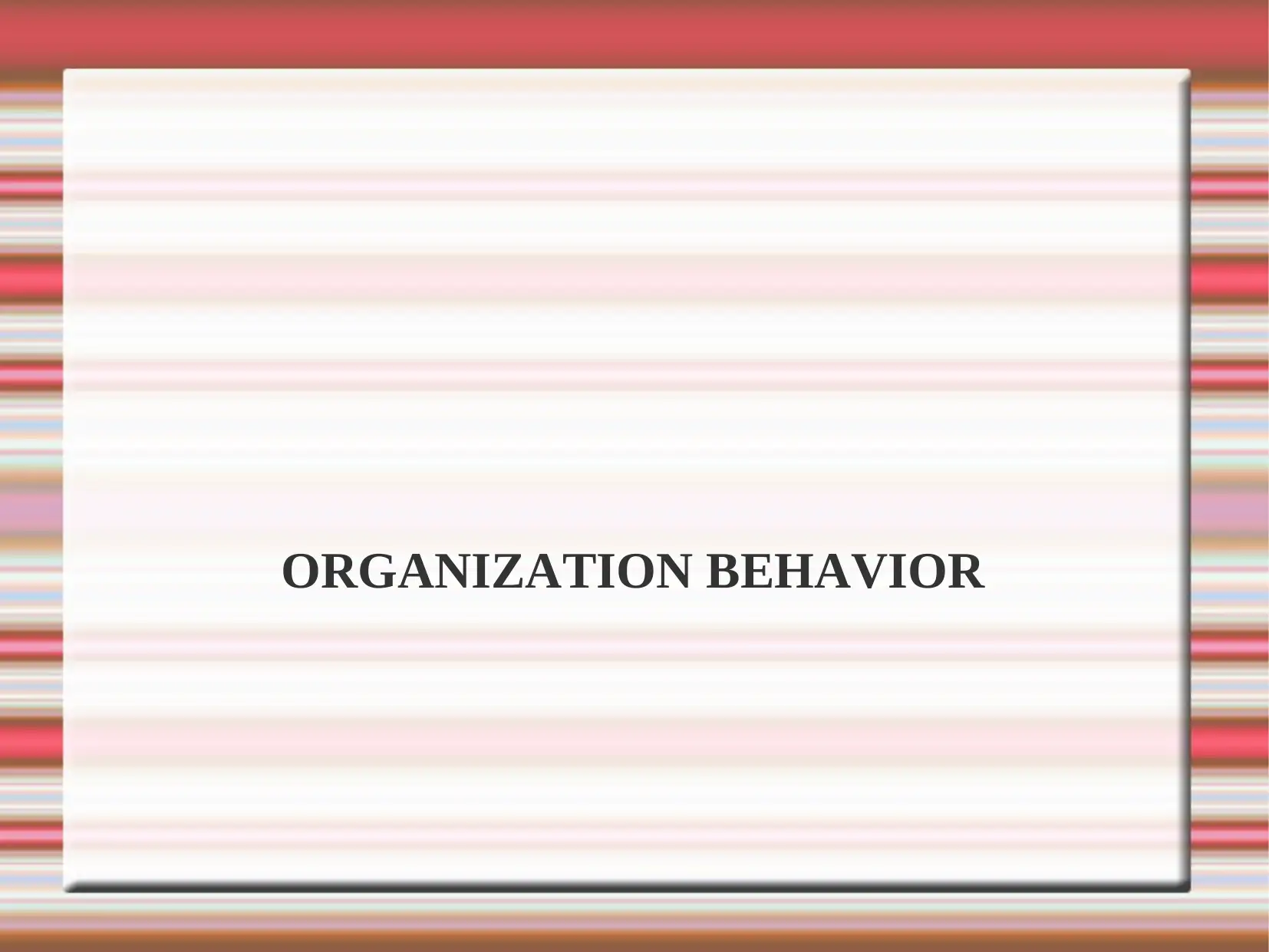
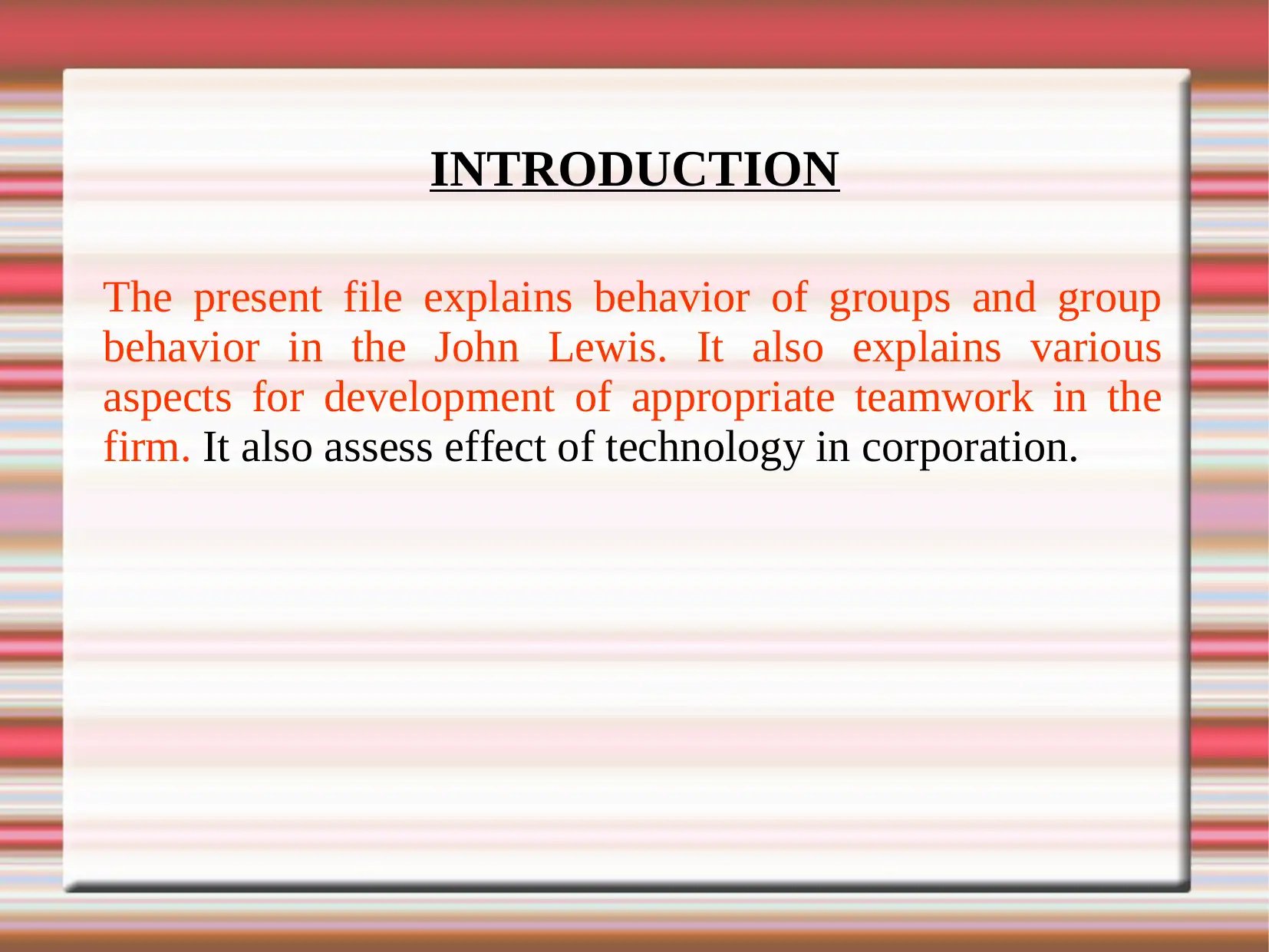
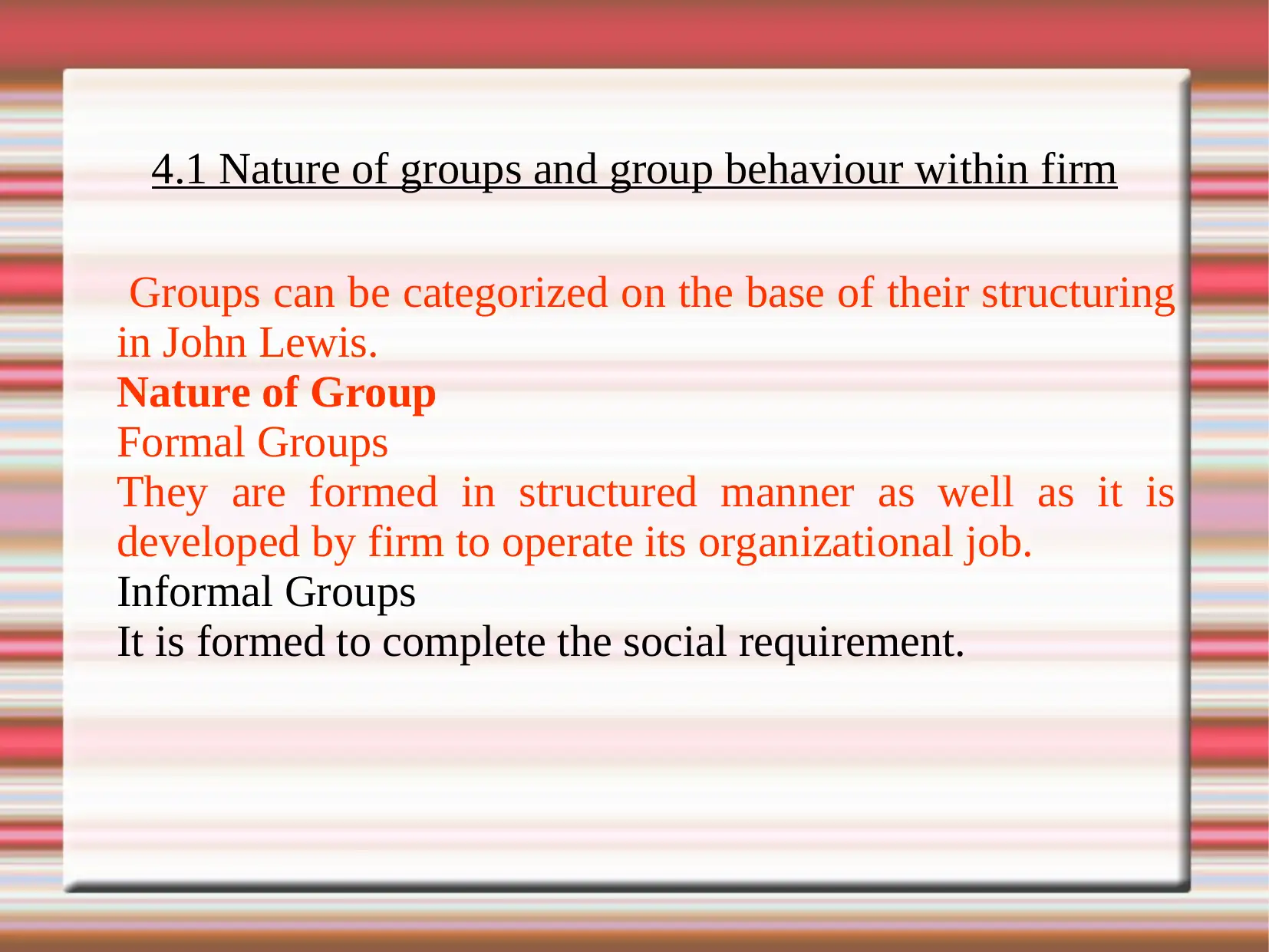

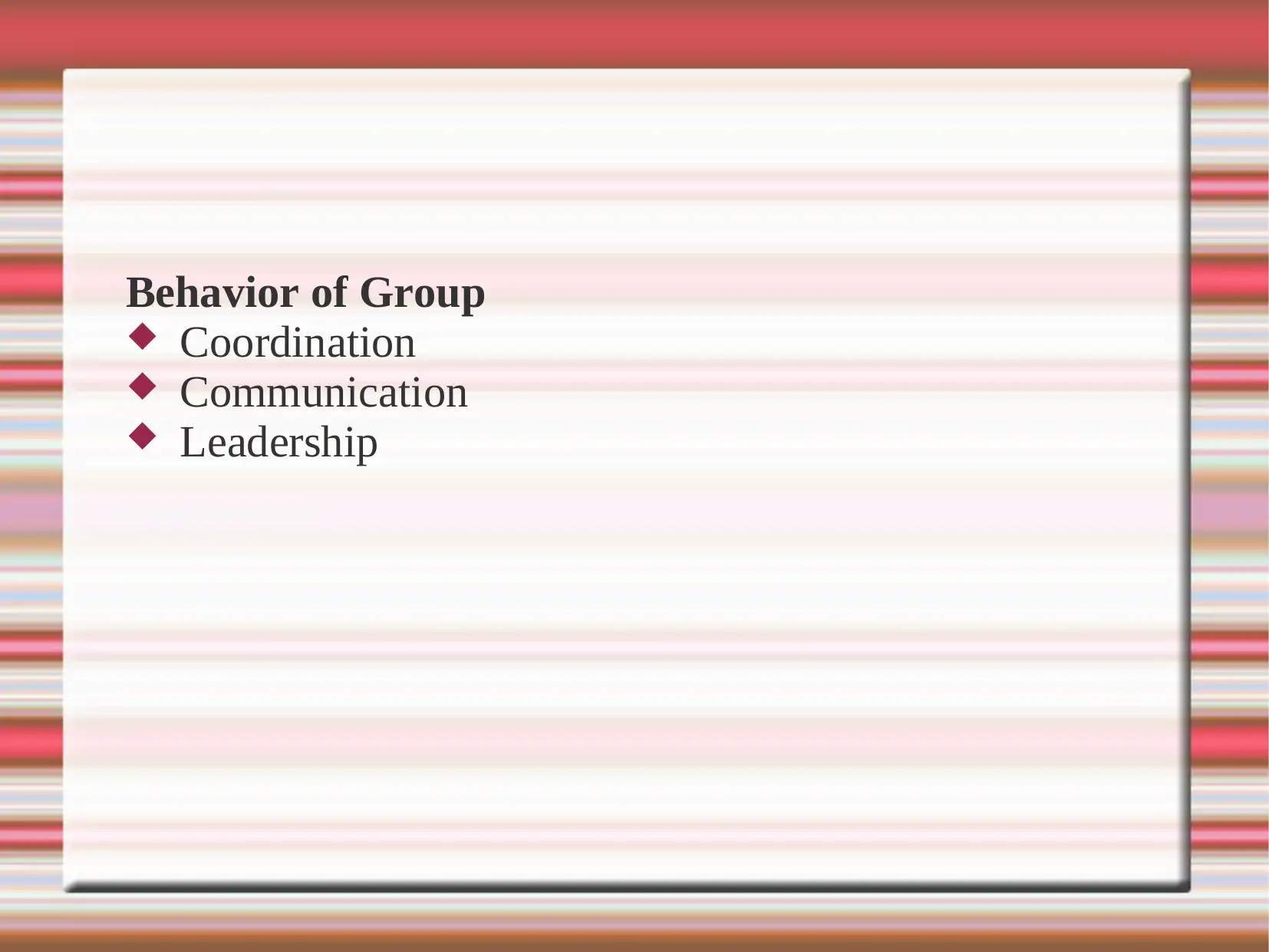
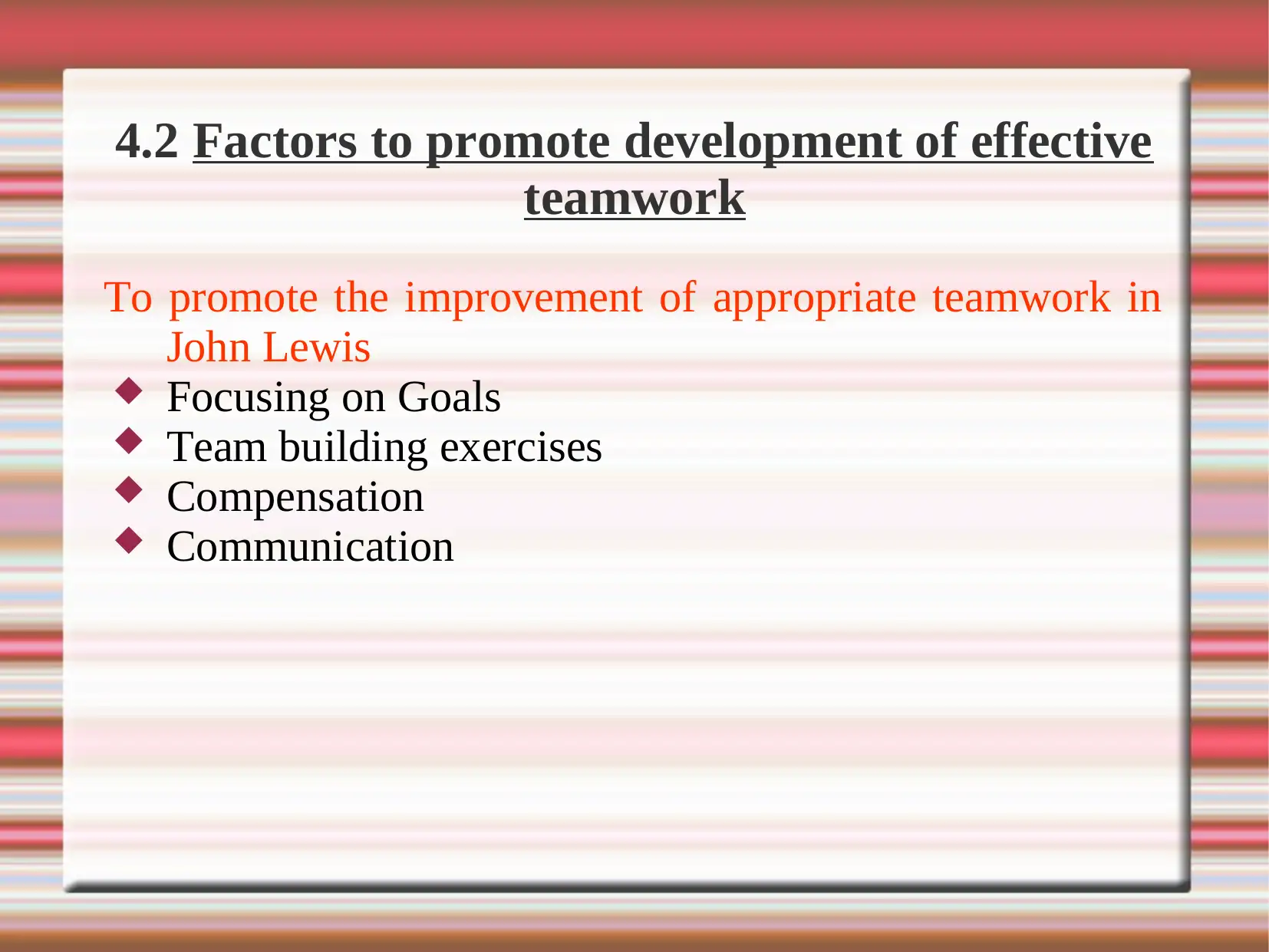
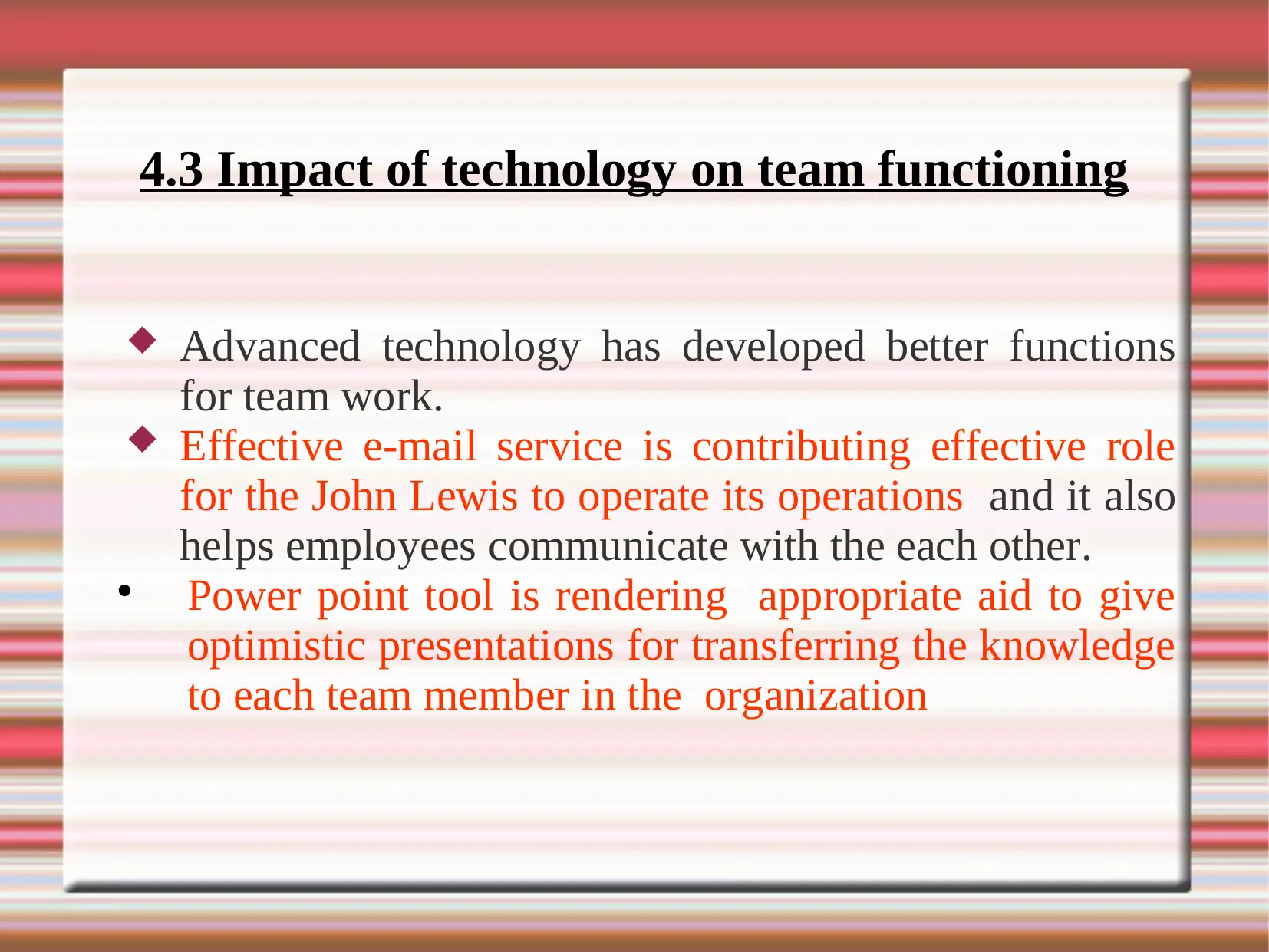
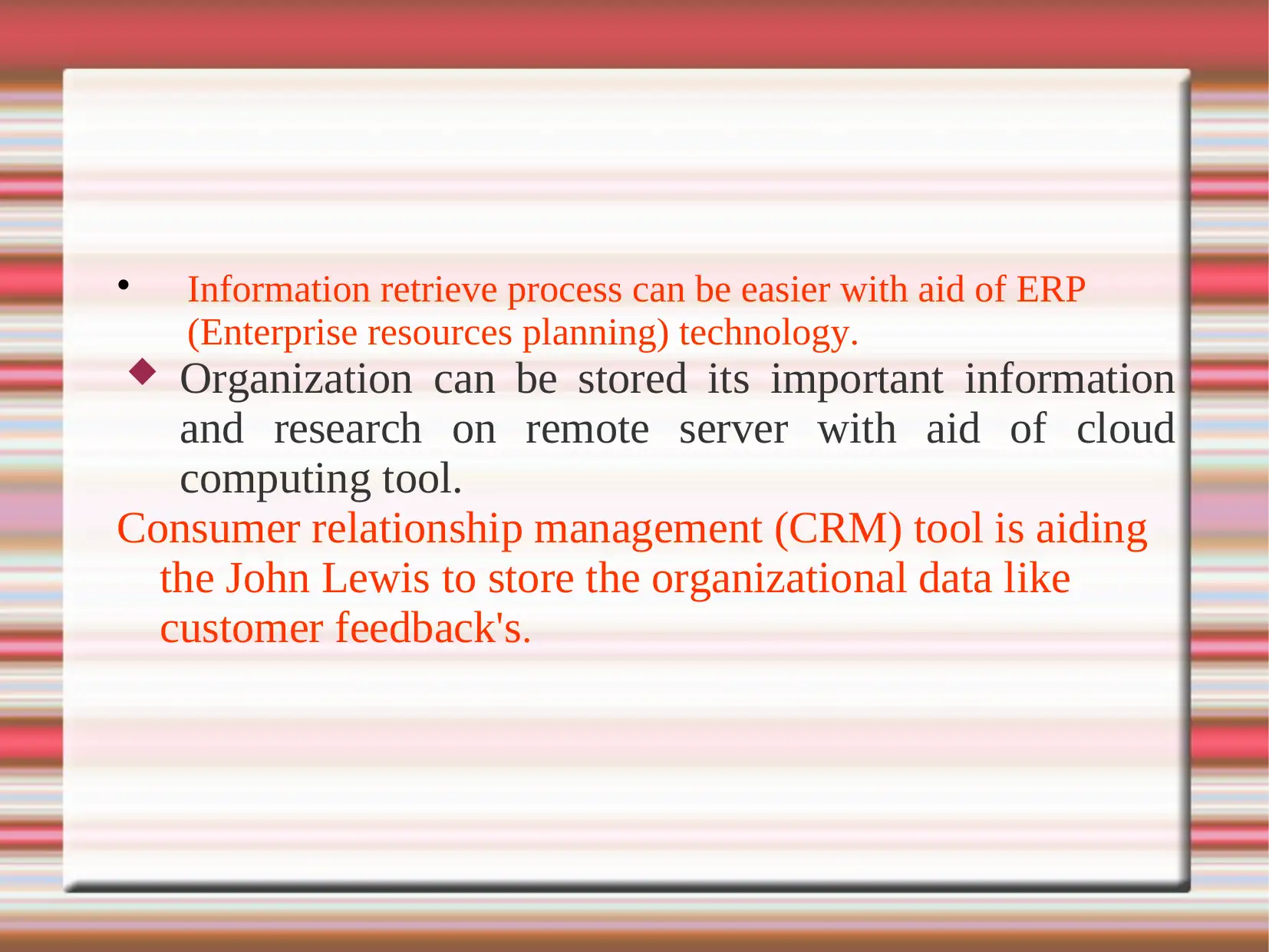
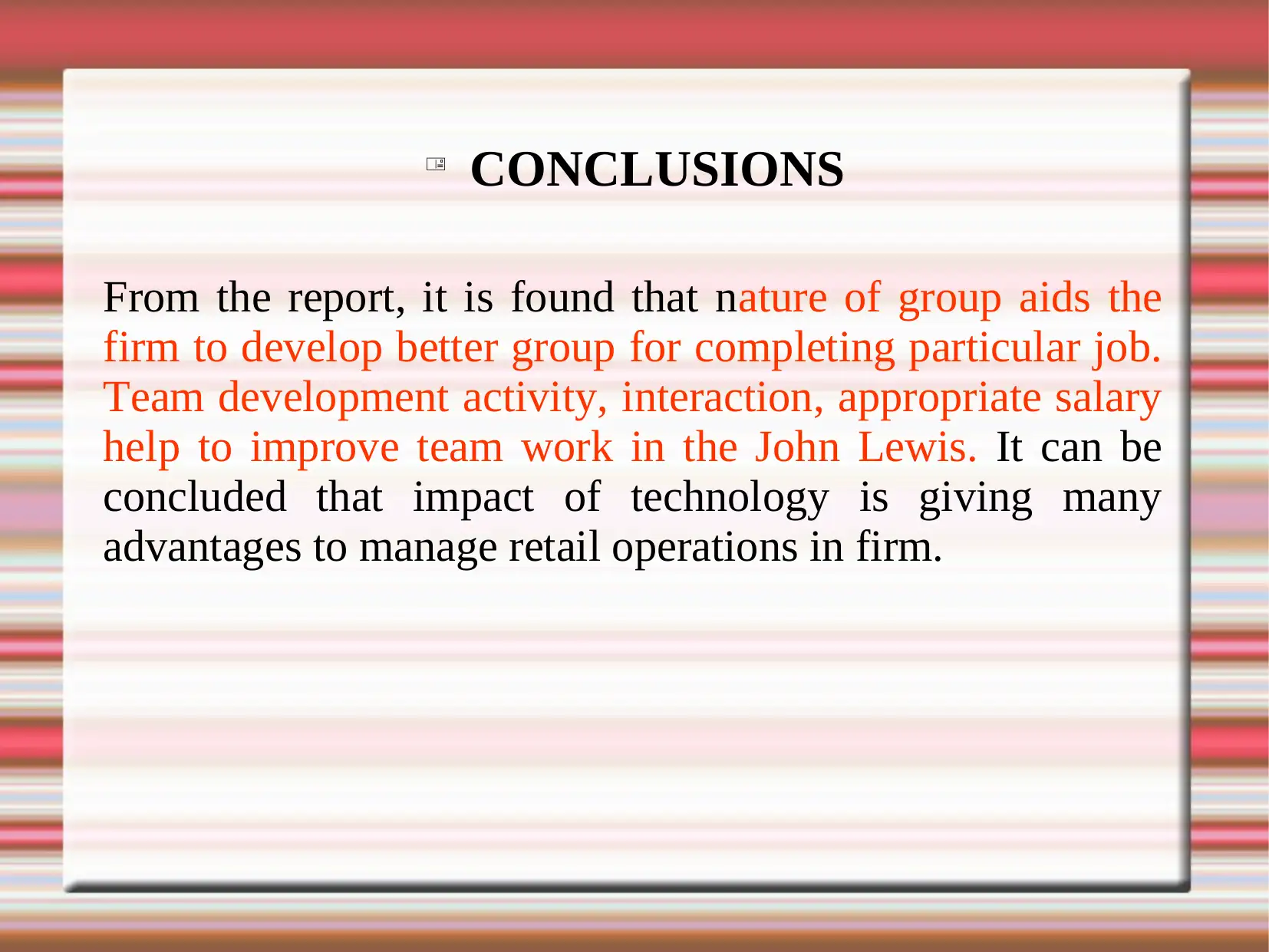
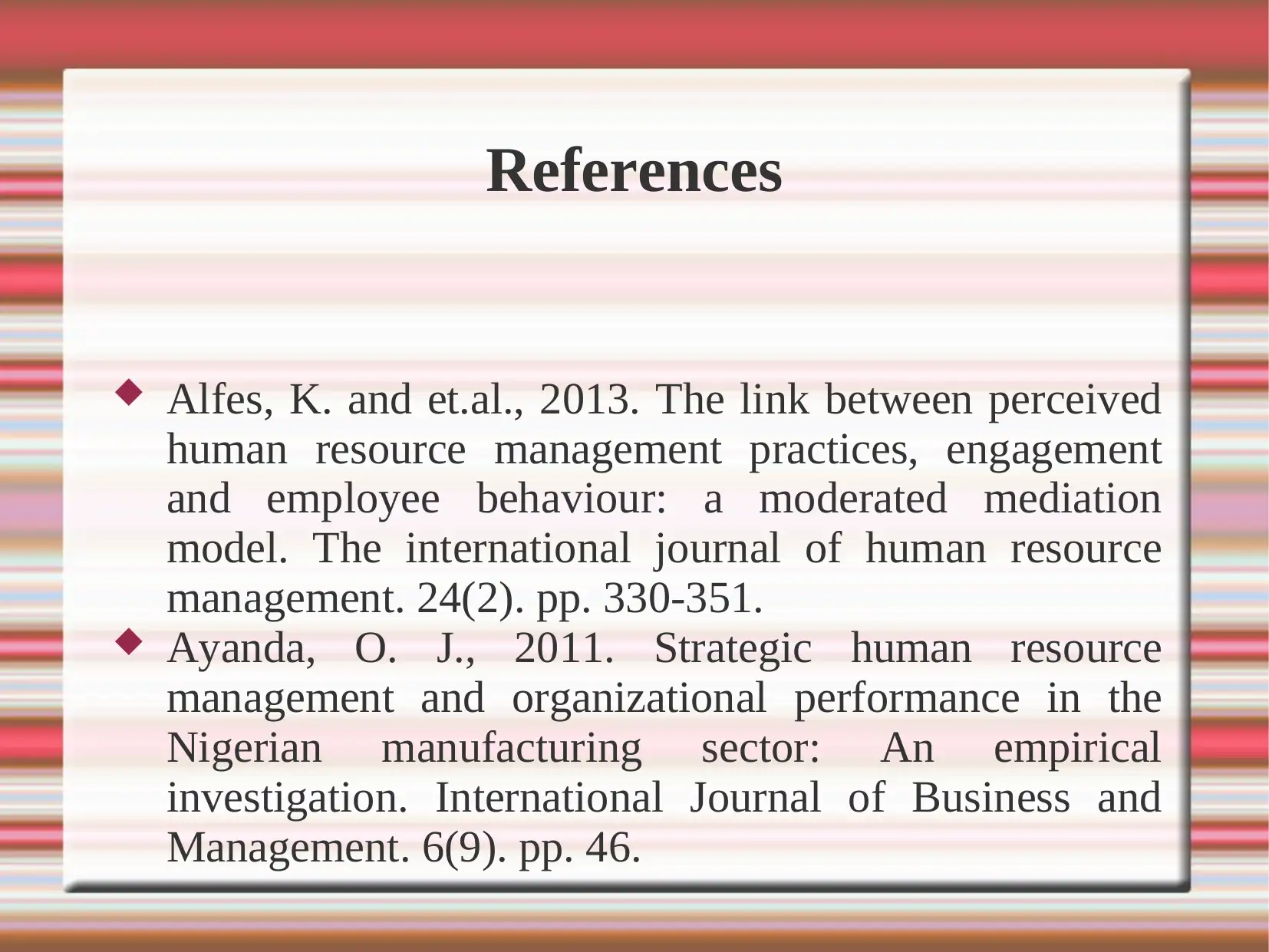
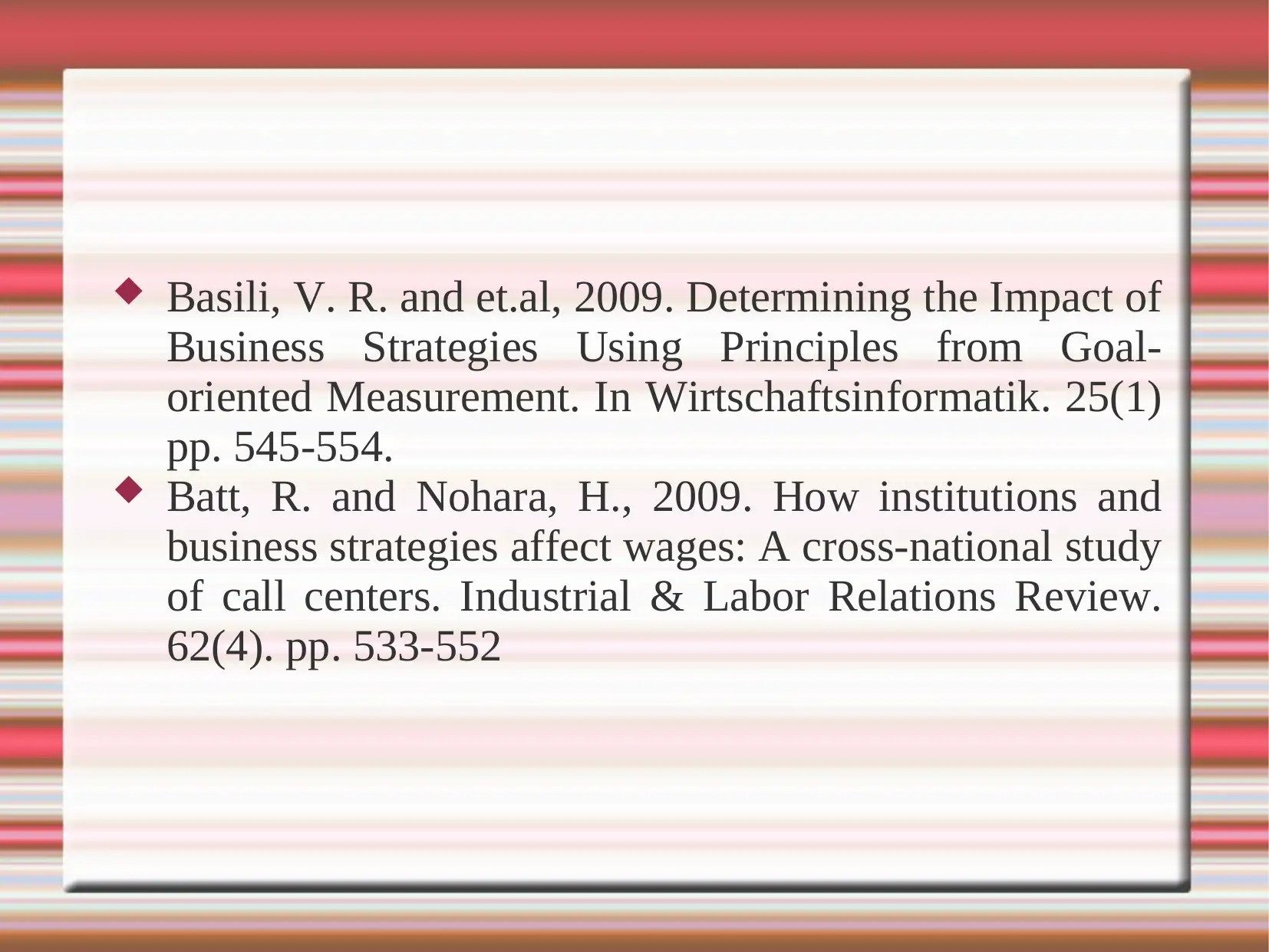





![[object Object]](/_next/static/media/star-bottom.7253800d.svg)